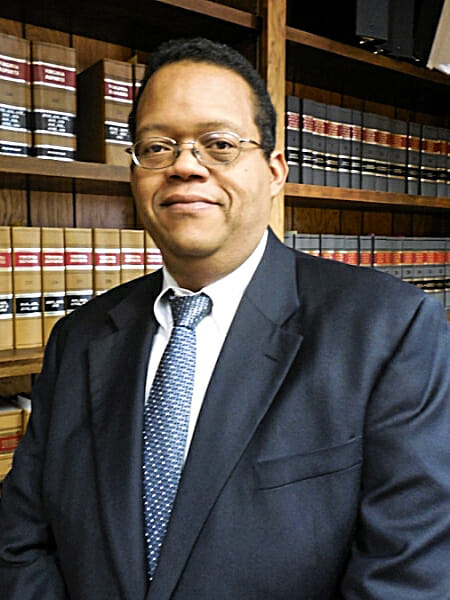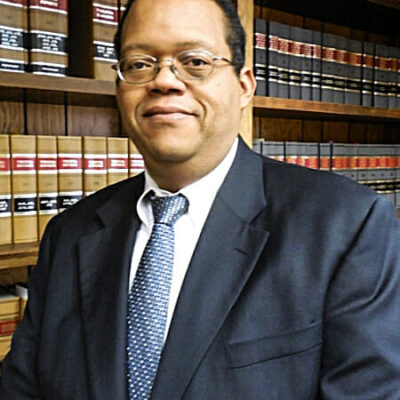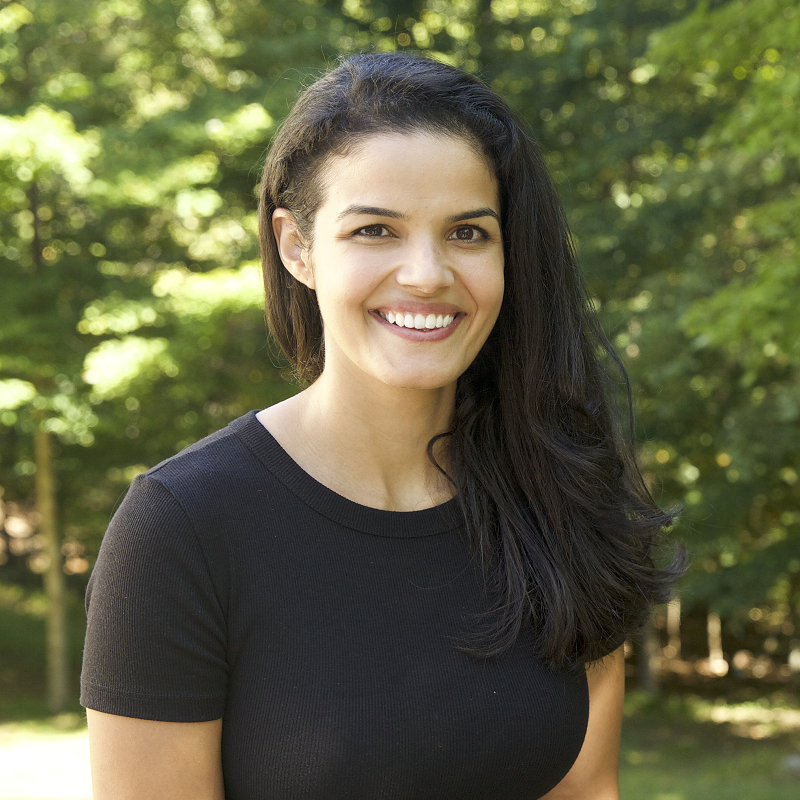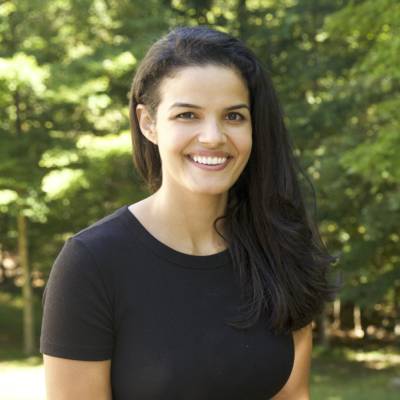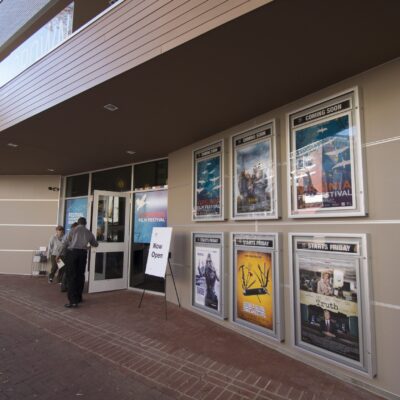UVA’s School of Architecture has lost two key senior faculty and a dean this year. This might sound like a precipitous situation, but members of the faculty regard the loss as a recurring cycle.
“It is normal for a school to have a turnover in faculty,” says Associate Professor William Sherman. “Especially a school like the University of Virginia, where we have faculty who are being constantly sought by other schools.” It would be a “sad condition” if other schools were not interested, he says.
|
Architecture Dean Karen Van Lengen will move aside for new blood after a decade at the helm. “It allows us to look for other people to bring life into the school, which is always good.” |
Most notably, Architecture and Planning Professor Kenneth Schwartz became dean of Tulane’s School of Architecture on July 1 of this year, after spending 24 years as an influential part of the UVA faculty. The award-winning architect’s tenure at the University was underlined by several high-ranking appointments. He was chair of the Faculty Senate and was the first faculty member to serve on several committees of the Board of Visitors. He served on the city Planning Commission and Board of Architectural Review. In 2003, Schwartz was awarded the UVA’s Alumni Association Distinguished Professor Award.
Schwartz’s wife and fellow professor, Judith Kinnard, will be leaving UVA for Tulane.
Architecture Professor W. G. Clark says both Schwartz and Kinnard are “extremely valuable” people who contributed immensely to the school. Their departure is “really unfortunate,” he says. “I personally regret it incredibly.”
“Part of the life of a school is, in a way, constantly reinventing itself in relation to the changes in people, in points of view, research that faculty are conducting,” says Sherman. “So, it’s not a crisis of any kind.”
Current dean, Karen Van Lengen, will be stepping down at the end of the academic year. She will take a year of sabbatical to continue her research in the area of sound and architecture.
Van Lengen, who has spent 10 years at the school, notes that the opportunity to “cast a wide net” in recruiting new faculty can be impeded by the current financial climate. The school will have to do without 6 percent of its budget in the next two years.
“We probably will lose faculty positions,” she says. “First of all, this year we cannot hire back all the people we have lost, because we have to give so much money back to the state.”
Interestingly, a key feature of one of the two new additions to the school is an area with 26 new faculty offices. Sherman, who designed the south addition, says the much-needed space was conceived as a way to cluster faculty in small groups for better communication. “The overall idea of the whole addition is to create a whole set of new spaces that allows different faculty to interact in ways we weren’t able to before,” he says.
Clark, who designed the east addition, credits Van Lengen for the chance to design the spaces. “It was a huge and courageous task” on her part, he says. Both Sherman and Clark have seen a distinct change in the personality of the school, something they both say will impact the future. “It’s amazingly good and pleasant, because you find people talking,” says Clark.
“It’s a very different school in the way people interact,” says Sherman. “By adding a small piece we’ve actually redesigned the entire school.”
Despite the current financial strain, Van Lengen points out the benefits of hiring new people. “It allows us, then, to look for other people to bring life into the school, which is always good.”
C-VILLE welcomes news tips from readers. Send them to news@c-ville.com.

